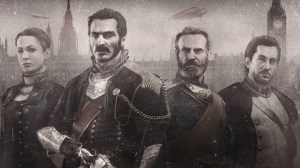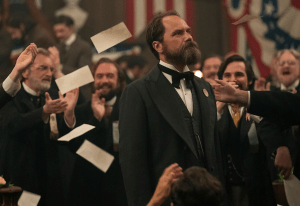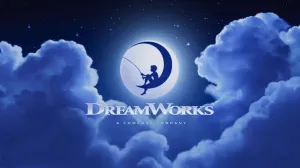The PlayStation 4 era was full of ambitious experiments, artistic risks, and visual showcases that demonstrated what Sony’s hardware could really do. Yet as time passes and new generations of consoles push graphical fidelity even further, certain standout titles fade from memory. Despite a brief window of fame and infamy, this game was once held as the visual pinnacle of its time. For many players, it was a brief but unforgettable glimpse into what the future of cinematic storytelling could look like.
Videos by ComicBook.com
When The Order: 1886 was released in 2015, it was promoted as the future of cinematic gaming. But now, few gamers remember it, let alone discuss it. At the time, it was one of the best-looking games on PlayStation 4. It promised so much, delivered in some ways, fell short in others, yet remains one of the most visually impressive games Sony has ever produced, even if no one remembers it.
The Order: 1886, a Visually Masterpiece Lost to Time
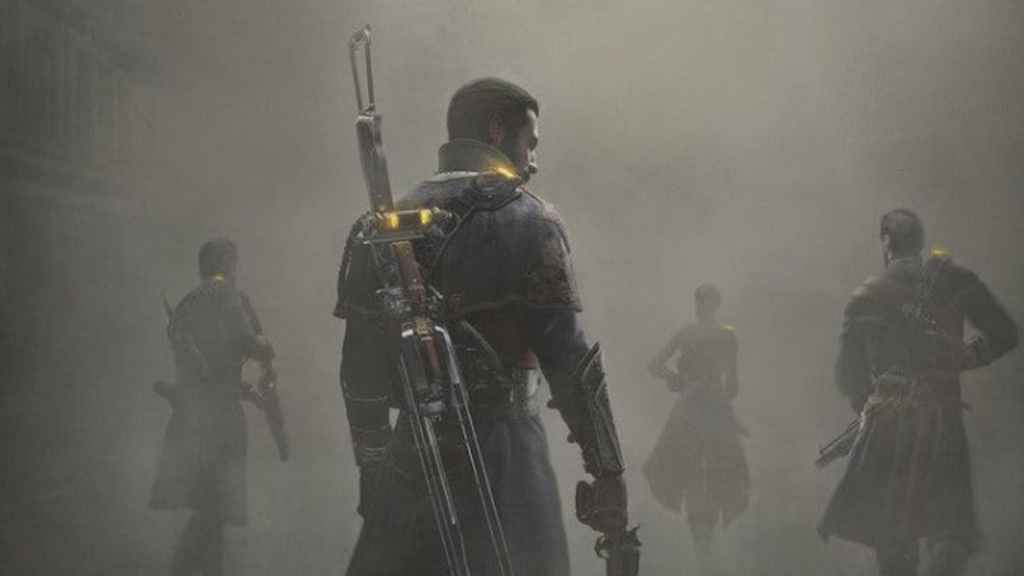
Ready At Dawn had crafted an alternate-history London draped in fog, firelight, and impossible detail with The Order: 1886. The team’s vision was to blur the line between gameplay and cinema, using visuals and narrative style to enforce this. Every character model, every stitch of clothing, every cobblestone in Whitechapel seemed carved with painstaking precision. Even today, almost a decade later, it’s astonishing to revisit gameplay footage and realize just how close it still is to modern visuals.
I remember booting it up for the first time and being genuinely stunned. The smoke effects, the lighting on the metallic armor of the Knights, and the incredible facial animations felt ahead of their time. This was one of the first PS4 titles that made me stop and marvel at how incredible the game looked. In terms of visual fidelity alone, The Order: 1886 looked like something from a console generation ahead of its release window.
But as beautiful as it was, this level of detail came at a cost. Its gameplay was tightly controlled and linear, too much for some players. The on-rails design meant limited freedom, very scripted encounters, and a story that progressed with little input from the player. For those expecting a sprawling third-person shooter or a flexible action game, the experience felt restrictive. Its short campaign length also became a talking point, overshadowing the incredible technical achievement at its core and a game that could have rivaled Microsoft’s Gears of War.
A Vision That Deserved a Second Chance

Years later, it’s easy to see why The Order: 1886 became such a polarizing release. It was a game of extremes: extremely impressive, extremely cinematic, extremely short, and extremely linear. But what gets lost in the conversation is how beautiful and interesting the world was. A steampunk Victorian London filled with supernatural threats, secret societies, and futuristic weaponry had all the makings of a franchise that could have taken off.
Ready At Dawn clearly had big ambitions. They built an entire world, a deeply atmospheric aesthetic, and lore that hinted at a sweeping saga. They weren’t just making a shooter; they were constructing a universe built on Arthurian legends, class divides, and a secret war hidden beneath London’s smoke-stained skyline. Many players saw the potential and hoped a sequel would smooth out the pacing, expand gameplay, and let the narrative breathe.
Sony, however, moved on quickly. With major hits like Uncharted 4, Horizon Zero Dawn, and God of War emerging in the years that followed, The Order: 1886 quietly slipped into obscurity. Its failure to meet sales expectations or satisfy critics meant the franchise was effectively shelved, and Ready At Dawn eventually shifted away from large-scale console development. Its flaws were undeniable, but its strengths, concept, atmosphere, and visuals, were undeniable too.
Why The Order: 1886 Still Matters in 2024
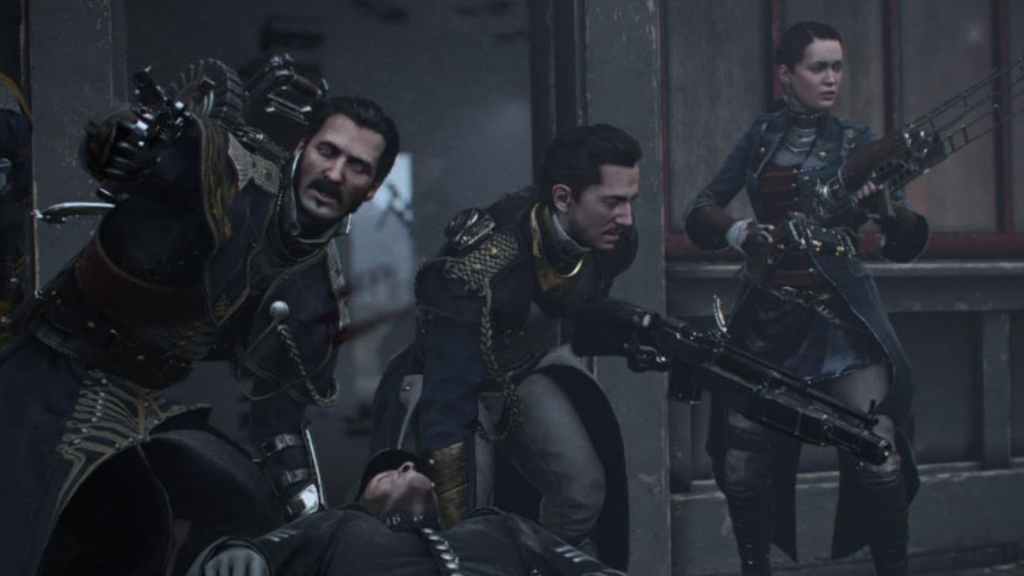
Looking back, The Order: 1886 feels like a game that needed more time, or came too early. In an era where cinematic, story-driven experiences are more popular than ever, the game’s biggest criticisms would likely land softer today. We live in a gaming landscape where titles like A Plague Tale, Hellblade, and various AA narrative adventures succeed by focusing on polished, concentrated storytelling rather than sprawling content. The Order: 1886 was unintentionally ahead of that trend.
There’s also something refreshing about how committed it was to its vision. No open world. No endless collectibles. No bloated progression system. Just a tightly packaged, visually stunning experience designed to immerse players completely. It’s easy to imagine how a modern sequel could have learned from those foundations with expanded combat variety, deeper systems, and a longer storyline, while maintaining the incredible world Ready At Dawn built.
In terms of pure presentation, The Order: 1886 still holds up astonishingly well today. It remains a favorite in discussions about PS4 technical showcases, a reminder of how studios pushed the limits of hardware early in the console’s cycle. Most importantly, it stands as a testament to the kinds of risks we don’t see as often anymore, games that swing hard, even if they don’t land perfectly. And sometimes, those are the games worth revisiting the most.
What do you think? Leave a comment below and join the conversation now in the ComicBook Forum!

